
In a significant stride towards revolutionizing global mobile connectivity, SpaceX’s Falcon 9 rocket successfully launched 21 Starlink satellites from Vandenberg Space Force Base in California on Tuesday evening. Among them were the first six Starlink satellites equipped with direct-to-cellular capabilities, effectively serving as space-based cell towers. How will the collaboration between Starlink and MNOs impact the global accessibility and reliability of mobile networks, what potential challenges and regulatory considerations may arise as space-based technologies become integral to terrestrial cellular networks, and in what ways could the deployment of Starlink’s direct-to-cellular capabilities influence the future development of mobile communication services and technologies worldwide?
Top Stories This Week
- SpaceX Launches First Direct-To-Cell Satellites
- US Wants To Contain China Chip Sector. This Startup Shows It Won’t Be Easy
- AI Robots Are Making Burgers And Fries At This New Restaurant
- MIPS Snags Top SiFive Brains To Amp Up RISC-V Business
- Intel Spins Out AI Software Firm With Backing From DigitalBridge
- Are PCBs Out Of Date?
- Self-Winding Watches May Hold The Key To Forever Wearables, Animal Trackers
- China Reveals Highly-Sensitive Submarine Detector That’s Cheap
- NASA Aims To Put Human-Like Robots In Space
- Sensors Placed Inside Reflective Road Markers Could Ensure Safer Self-Driving Cars
- WCH RISC-V Microcontrollers Can Now Be Programmed With The Arduino IDE
Hardware Business News
US Wants To Contain China Chip Sector. This Startup Shows It Won’t Be Easy
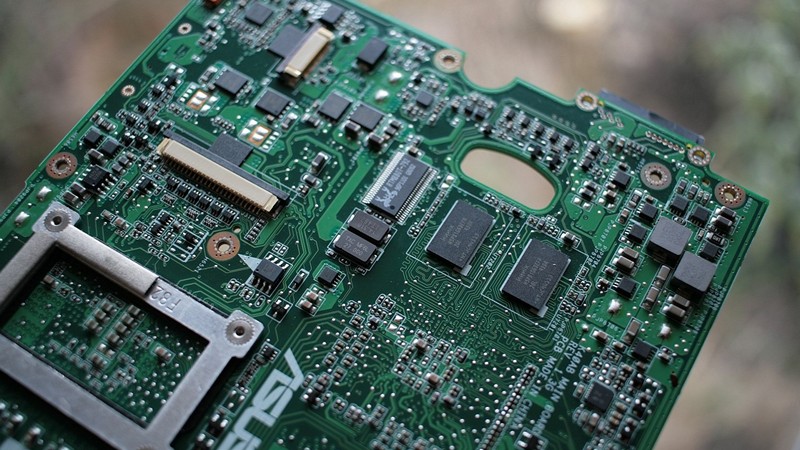
In a complex landscape of economic and technological competition between the United States and China, a Silicon Valley software executive, Liguo “Recoo” Zhang, has taken the helm of a Chinese startup named Seida. Seida’s ambitious plans to break through this foreign monopoly and make China self-reliant in chip technology raise questions about the effectiveness of U.S. containment efforts. How does Seida’s entry into the microchip design software market challenge Washington’s efforts to contain China’s access to advanced technologies, particularly in the context of OPC software, to what extent can export controls and restrictions effectively hinder China’s progress in obtaining sophisticated microchip design tools, and how might the startup’s activities impact the broader narrative of intellectual property protection and technology transfer in the ongoing U.S.-China technological competition?
AI Robots Are Making Burgers And Fries At This New Restaurant
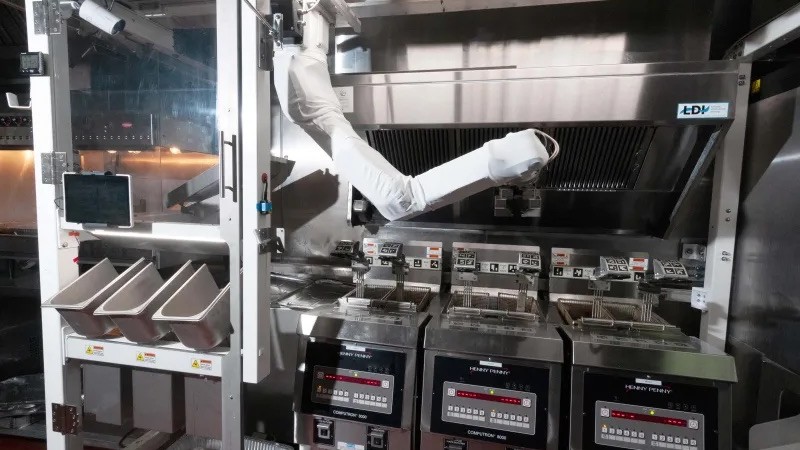
In a restaurant revolution, robots are taking centre stage at CaliExpress by Flippy, a newly opened establishment in Pasadena, California. The restaurant, powered by Miso Robotics’ Flippy robot, showcases the potential of automation to alleviate the persistent labour shortage in the restaurant industry. How could the implementation of AI robots in restaurant operations, as demonstrated by CaliExpress, transform the industry’s dynamics and potentially address the persistent labour shortage, how might automation impact the cost structure of restaurants, and how could this affect the overall profitability and sustainability of establishments operating on thin profit margins?
MIPS Snags Top SiFive Brains To Amp Up RISC-V Business

Chip designer MIPS, renowned for its creation of the MIPS processor architecture, is making significant moves in the RISC-V landscape with the recent appointments of Drew Barbier as VP of products and Brad Burgess as chief architect. MIPS, now a pure-play IP company, aims to enhance its RISC-V development efforts, particularly for products under the eVocore name, such as the recently shipped eVocore P8700. How does MIPS’ strategic move towards RISC-V signify a shift in its focus and potential impact on the competitive landscape of processor architectures, what specific advancements and developments can be expected in MIPS’ RISC-V-based products, and how might this influence its market position?
Intel Spins Out AI Software Firm With Backing From DigitalBridge
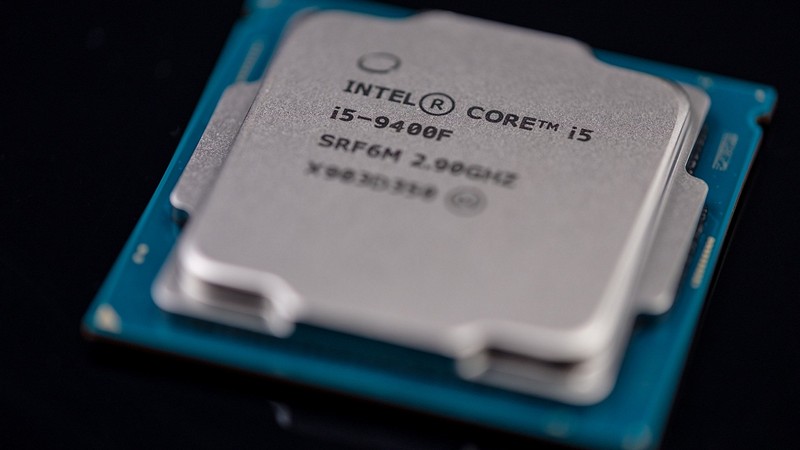
Last week, Intel has announced the formation of Articul8 AI, a new independent company dedicated to advancing its artificial intelligence software initiatives. While the specific details of the deal remain undisclosed, Articul8 AI is set to have an independent board of directors, with Intel retaining a stake in the venture. How does the creation of Articul8 AI align with Intel’s broader strategy in seeking external capital for its business units, what implications might this have for the company’s future innovation in the AI space, and as Articul8 AI focuses on the transition from AI proof of concept to production, what challenges and innovations does the company aim to bring to the generative AI landscape?
Hardware Engineering News
Are PCBs Out Of Date?
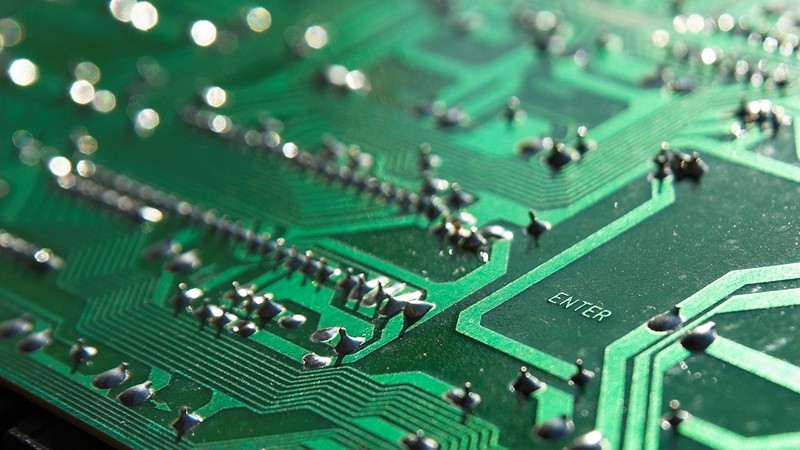
PCBS have been at the centre of electronics for the past 60 years, and thanks to numerous advances in technology, have become exceptionally capable in even the most demanding applications. However, as technology progresses, some questions whether PCBs are still a relevant technology, or whether they will soon become outdated, replaced with the likes of advanced materials and construction methods. How did the 1961 feature in Electronics Weekly emphasis on a three-dimensional PCB system challenge the traditional two-dimensional concept, what impact did this paradigm shift have on subsequent developments in circuit board design, and how did the advent of three-dimensional PCB systems contribute to the pursuit of microminiaturization?
Self-Winding Watches May Hold The Key To Forever Wearables, Animal Trackers
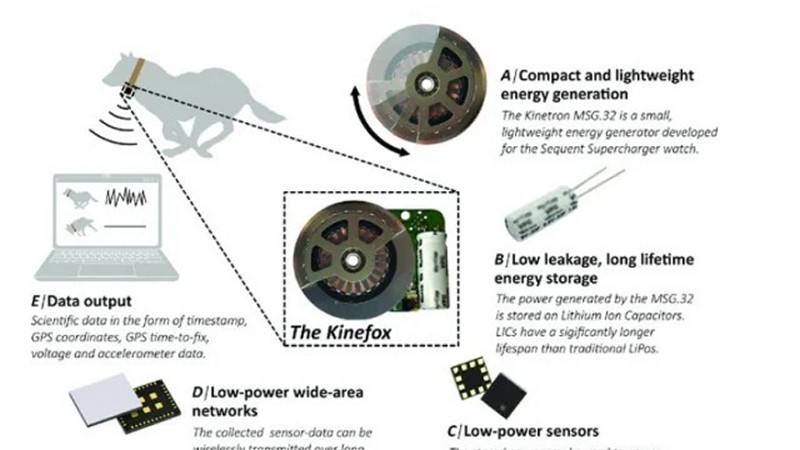
The realm of wearable technology and animal tracking is experiencing a paradigm shift as researchers explore harnessing kinetic energy to power devices, eliminating the need for conventional batteries. Inspired by the self-winding watch, a historic invention patented in 1780, modern advancements are leveraging piezoelectric and triboelectric generators to tap into the energy generated by human movement, as well as the motion of animals. How does the revival of the concept behind the self-winding watch open new possibilities for powering wearables and animal tracking devices, in what ways are piezoelectric and triboelectric generators transforming the landscape of wearable technology, and how might the exploration of kinetic energy for wearables evolve in terms of design and application for various user scenarios?
China Reveals Highly-Sensitive Submarine Detector That’s Cheap

Chinese scientists have achieved a ground-breaking milestone in submarine detection technology, unveiling an affordable and highly sensitive version of Superconducting Quantum Interference Devices (SQUIDs). These devices are traditionally found applications in various fields such as physics research and medical diagnostics, but this breakthrough, led by researcher Zhang Yingzi, introduces a simplified SQUID design that promises to make submarine detection more accessible and deployable. How does the simplified design of Superconducting Quantum Interference Devices enhance precision in submarine detection, how might this technology impact the strategic capabilities of military forces, particularly in submarine tracking, and how might this breakthrough shift the global military dynamics?
Hardware R&D News
NASA Aims To Put Human-Like Robots In Space
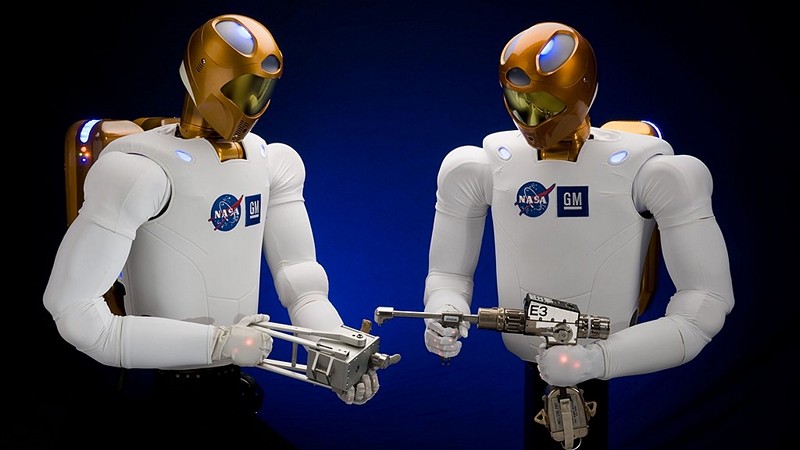
NASA’s latest humanoid robot, Valkyrie, is making waves at the Johnson Space Center in Houston, Texas. However, the potential applications of humanoid robots extend beyond Earth, with engineers envisioning their roles in space missions. NASA Dexterous Robotics team leader Shaun Azimi believes that humanoid robots like Valkyrie can handle dangerous tasks, allowing human astronauts to focus on exploration and discovery. How do Valkyrie’s design and capabilities make it suitable for operating in damaged human-engineered environments, what specific tasks is NASA testing the robot for at the Johnson Space Center in Houston, and how are NASA and companies like Apptronik collaborating to develop humanoid robots for Earth applications, such as warehouse and manufacturing tasks?
Sensors Placed Inside Reflective Road Markers Could Ensure Safer Self-Driving Cars

As self-driving electric vehicles continue to advance, researchers from the Department of Energy’s Oak Ridge National Laboratory (ORNL) and Western Michigan University (WMU) are introducing a novel solution to enhance their reliability. By embedding low-powered sensors into reflective raised pavement markers, traditionally used for lane identification, the researchers aim to create smart roads that can communicate crucial information to autonomous EVs. How do the embedded sensors in reflective raised pavement markers contribute to improving the reliability of self-driving electric vehicles, how does shifting processing load from the vehicle’s software to the road infrastructure benefit autonomous EVs, and what additional functionalities do the researchers envision for the embedded sensor?
Open-Source Hardware News
WCH RISC-V Microcontrollers Can Now Be Programmed With The Arduino IDE
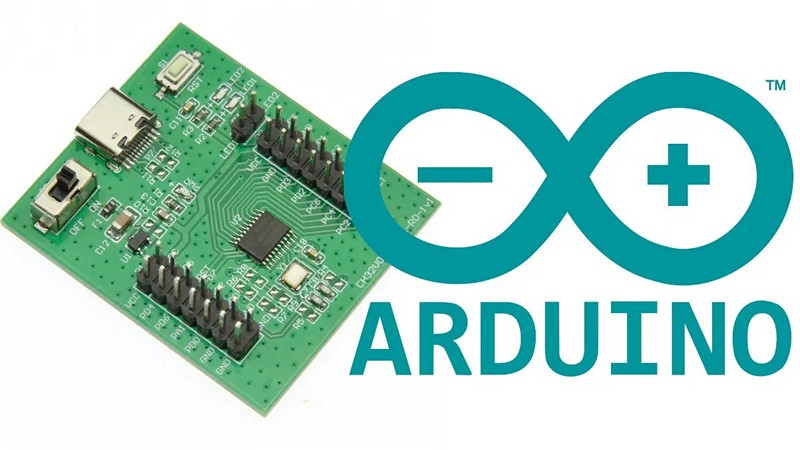
WCH, the innovative microcontroller manufacturer, has expanded the programming possibilities for its RISC-V microcontrollers by introducing Arduino IDE compatibility. Over the past year, WCH has released notable RISC-V microcontrollers like the CH32V003 and CH32V307, previously programmable in C language using MounRiver IDE. With the recent announcement, Arduino support has been extended to these microcontrollers, opening new avenues for DIY electronics enthusiasts and developers. How does the integration of Arduino IDE support for WCH RISC-V microcontrollers broaden the accessibility for DIY electronics enthusiasts and developers, what impact will this have on the ease of programming and development of projects involving these microcontrollers, and what are the essential steps and requirements to get started?
